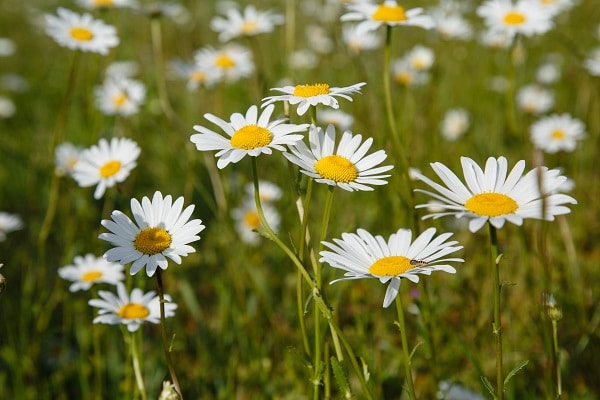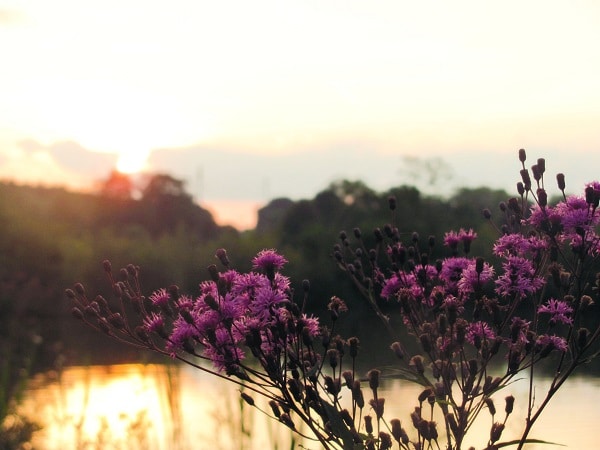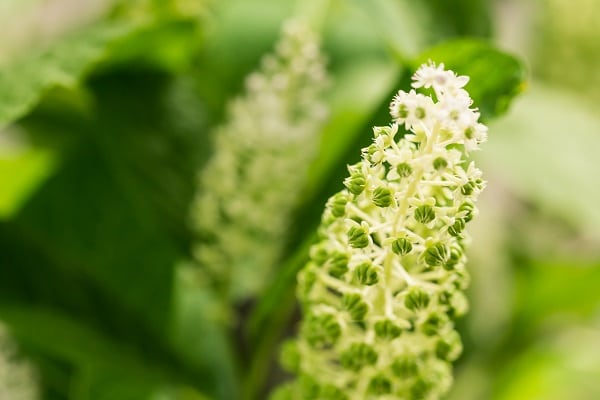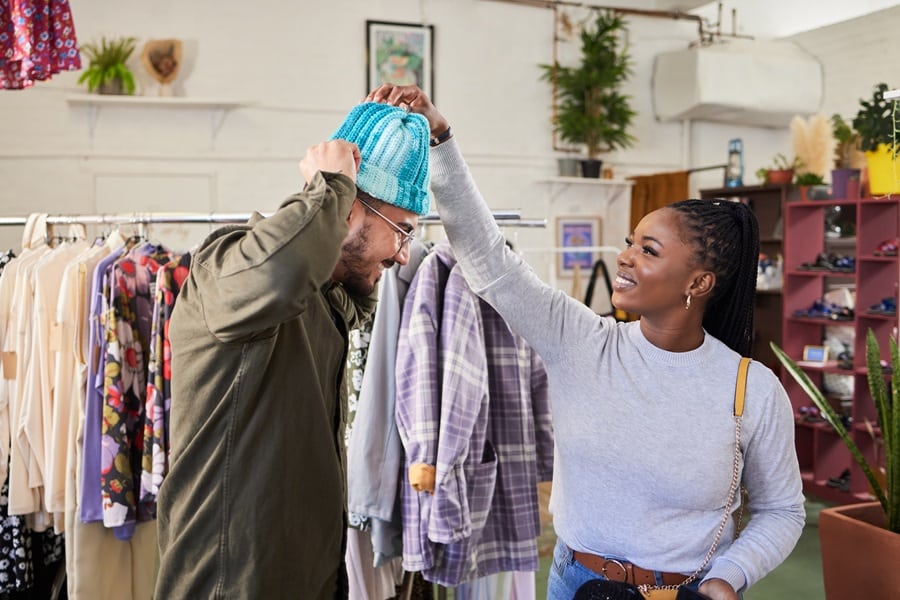Butterflies are beautiful, fascinating creatures. They have a variety of colors and shapes that make them quite captivating to watch. Butterflies also serve as pollinators for many plants, so they can be helpful companions if you want to grow flowers or other plants outside your home or in your garden. However, the tricky part is knowing how to attract them to your yard. This article can help by giving you a list of the top plants for attracting butterflies.
Contents
Butterfly Bush (Buddleia Davidii)

This large shrub grows up to eight feet in height and width. It produces flowers during the summer season, and they attract butterflies of all types, especially monarch butterflies. Monarchs seem to be particularly attracted to this plant because it can be a food source for monarch larvae. The plant’s fragrance also helps it stand out more in the garden and attract butterflies from long distances away.
Hollyhocks (Althaea Rosea)

This is a perennial plant that you can find growing in most parts of the world, especially in Europe and Asia. It has a sweet, pleasant fragrance and beautiful flowers in various colors. Hollyhocks grow around five feet tall, and their flowers attract butterflies from mid-August to early September. It is best to plant this flower in full sunlight because it thrives well in hot weather and does not do well in the shade.
Golden Marguerite (Anthemis Tinctoria)

This is also called golden chamomile or dyer’s chamomile. It has beautiful flowers that attract butterflies, but it also has the benefit of using its flower nectar to produce dye for fabrics. This plant is a great plant to attract butterflies and other pollinators, but it does need at least six hours of sunlight to produce flowers.
Black-Eyed Susan (Thunbergia Alata)

You can use this type of vine as an annual in most parts of the world. It grows three to five feet tall and can clamber up anything not mowed down by frequent foot traffic, like fences or trees. It blooms from spring until the winter season, and the flowers are dark orange. Butterflies love the nectar produced by the black-eyed Susan’s flower petals, which is useful for pollination purposes if you want to grow other plants in your garden.
Giant Ironweed (Verbesina Encelioides)

This perennial plant can grow up to twelve feet tall and thrives in hot weather, so it does best in the southern parts of North America. Its yellow flowers attract butterflies by providing them with nectar while attracting other pollinators like bees and wasps. Giant ironweed also can withstand harsh and hot conditions and is known as a “pioneer species,” meaning it can grow quickly and help restore soil quality in areas where erosion has damaged the soil.
Poke Sallet (Phytolacca Americana)

This perennial plant produces attractive red flowers during the summer months. It attracts butterflies by providing them with nectar, and its leaves can also be eaten as a vegetable if you boil them for at least two hours. This plant is helpful if you live in an area that is cold or does not receive much sunlight because it can grow up to ten feet tall and thrives in wooded areas and marshes.
Prickly Pear Cactus (Opuntia)

This cactus produces beautiful flowers during the summer months. The flowers have a range of colors, from bright red to multi-colored, and they attract butterflies like painted ladies, hummingbirds, and even bats. This plant needs at least six hours of sunlight each day to produce flowers, so make sure to plant in areas where it will receive enough.
Venus Flytrap (Dionaea muscipula)

The Venus flytrap is a small plant in the mid-Atlantic region of North America that can capture and digest insects for sustenance, especially flies and mosquitoes. It’s a carnivorous plant that doesn’t need sunlight because it gets all it needs from the insects it digests. This plant attracts butterflies by providing them with food since they prey on other small insects like gnats and mosquitoes.
Conclusion
As you can see, many different types of flowers attract butterflies. The different colors and shapes of these flowers attract different types of butterflies, but they all provide nectar which is the key component to keeping butterflies coming back to your yard year after year. Just do some additional research on each plant before purchasing one. That way, you can ensure that your home is a suitable climate for them to grow.


